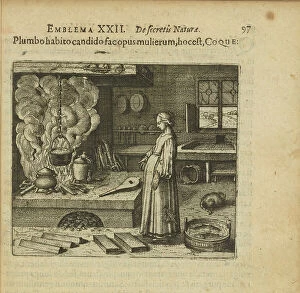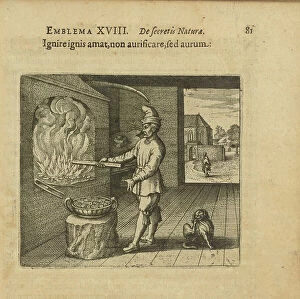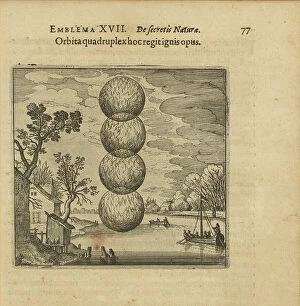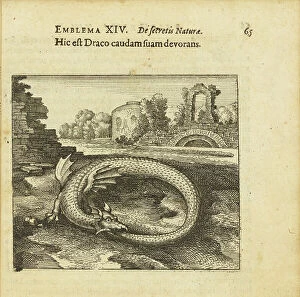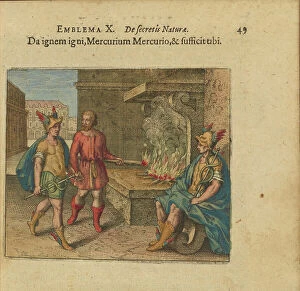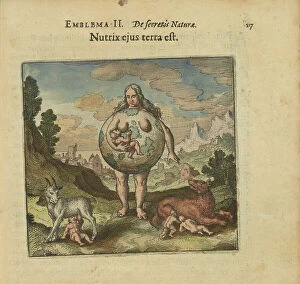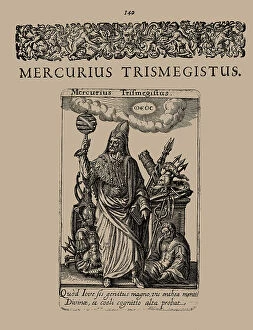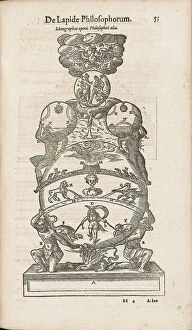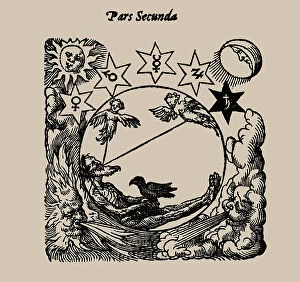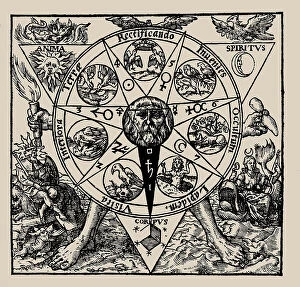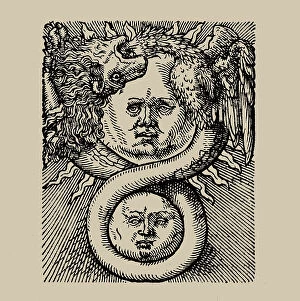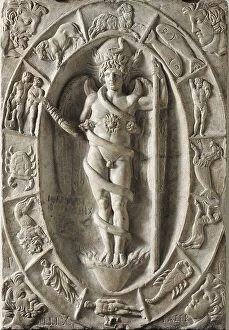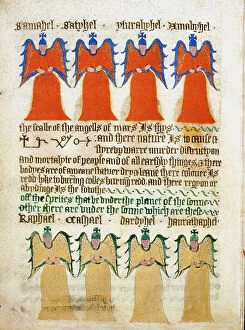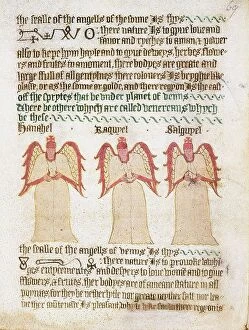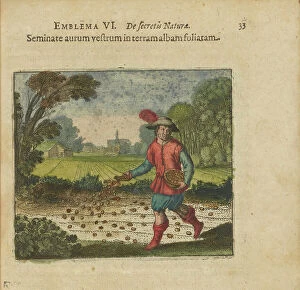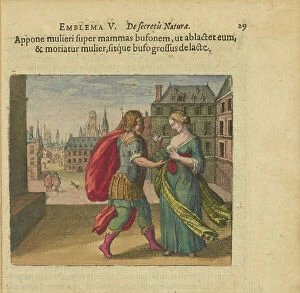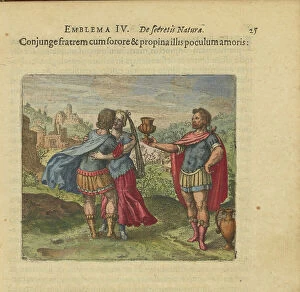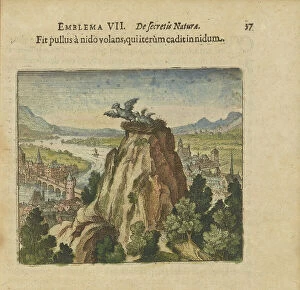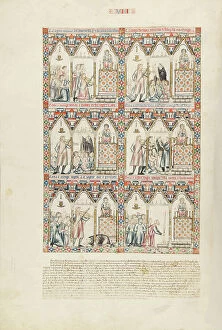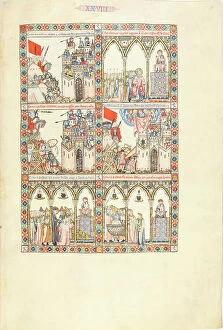Illuminated Manuscript Collection (#3)
"Illuminated Manuscripts
For sale as Licensed Images
Choose your image, Select your licence and Download the media
"Illuminated Manuscripts: A Glimpse into the Artistic Brilliance of the Middle Ages" Step back in time and immerse yourself in the captivating world of illuminated manuscripts. These exquisite works of art, painstakingly crafted by skilled scribes and talented artists, offer a window into the rich cultural heritage of medieval Europe. One such masterpiece is the Book of Kells illustration of St. Matthew, a stunning example showcasing intricate details and vibrant colors that bring biblical stories to life. Similarly, The Lindisfarne Gospels from 715-721 mesmerize with their ornate designs and delicate illuminations, transporting us to a bygone era. The Limbourg brothers' Les Tres Riches Heures du duc de Berry takes us on an enchanting journey through months captured in vivid illustrations. In February, we witness winter's icy grip thawing as nature awakens with renewed vigor. And come May, blooming flowers herald the arrival of spring in all its glory. Travel further back in time with a French Bible manuscript leaf dating back to ca. 1280-1300, where we find ourselves immersed in ancient scriptures brought to life through meticulous craftsmanship. Meanwhile, glimpses into everyday life can be found within Chaucer's Canterbury Tales facsimile or even portraits like Henry I Count of Anhalt from the Codex Manesse. But it's not just religious texts or literature that grace these pages; medical knowledge also finds its place among them. The Byzantine Master's 12th-century manuscript reveals an artistic rendering of The Hippocratic Oath – a testament to both healing arts and aesthetic beauty. For architecture enthusiasts, there are treasures like the Plan of Canterbury Cathedral from the Eadwine Psalter (c. 1150), which showcases detailed vellum drawings capturing every architectural nuance for posterity. And finally, let us not forget about those who held power during this era.


